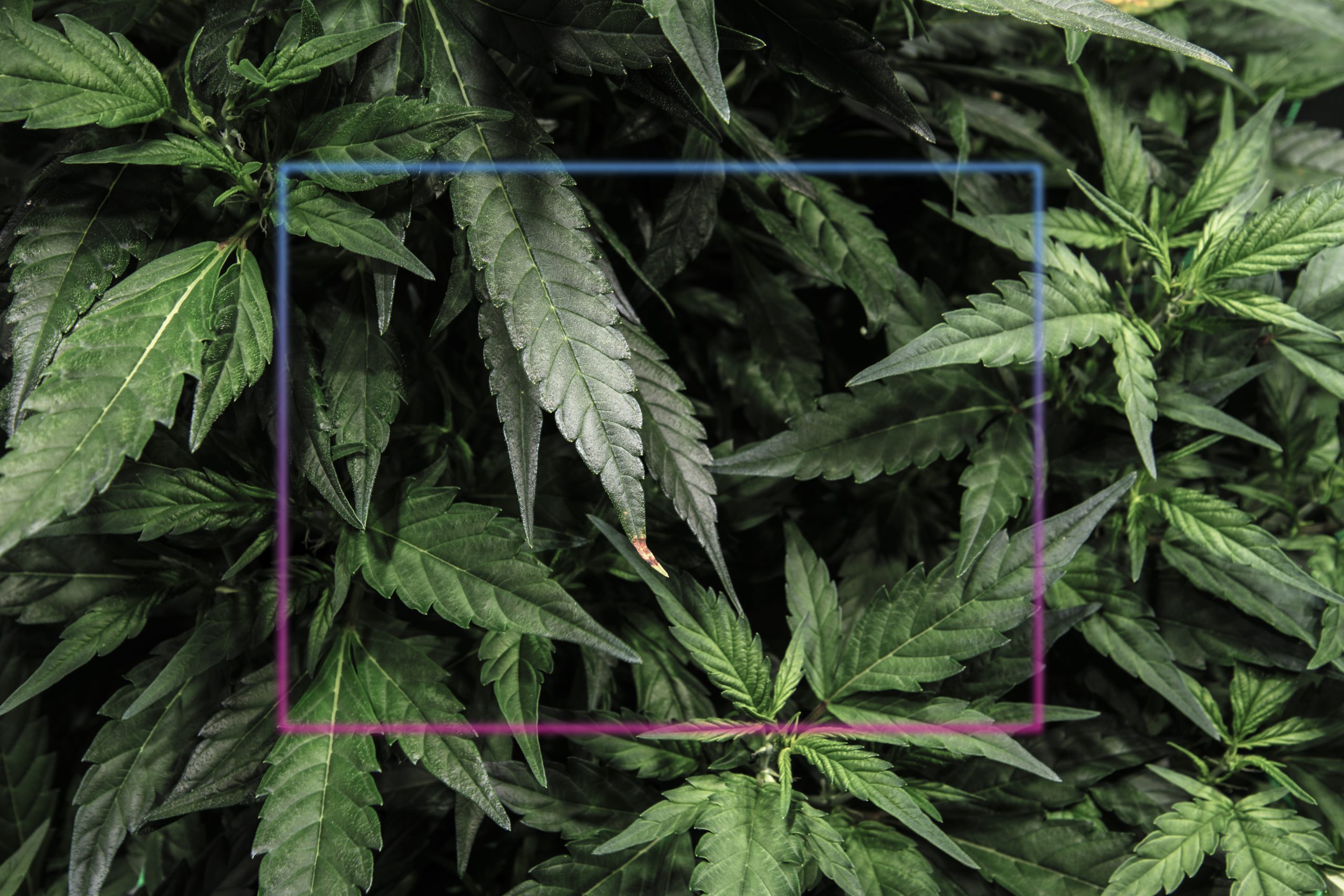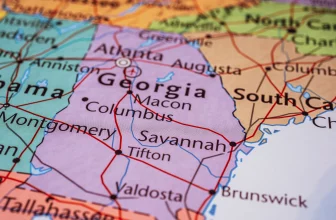
In Pennsylvania, the road to recreational legalization is now a game of numbers.
Since 2016, marijuana has been legal for medical treatment — or in the official lingo, for serious medical conditions. Over 630,000 people have signed up since then, according to the Pittsburgh Post-Gazette. This group consists of both patients and their doctors, who must issue a prescription in order for patients to legally obtain marijuana.
Hundreds of thousands of patients statewide have discovered the soothing properties of marijuana in that time period. Whether it’s used to alleviate nausea and low appetite in cancer patients or help with chronic joint pain, marijuana has changed many people’s lives.
It’s a trend the numbers support. And those same numbers are no doubt causing legislators to stroke their chins.
A look at Pennsylvania’s [medical] marijuana numbers
Pennsylvania has not legalized recreational marijuana. However, weed is already a significant chunk of the state’s economy. Since 2018, consumers have built it into a $3.4 billion market, of which dispensaries contribute around $2 billion.
Looking at similar states like Illinois tells the likely story: legalizing recreational marijuana could more than double those numbers.
Illinois is the state that’s perhaps on the closest timeline to Pennsylvania. After legalizing medical marijuana in 2013, it took seven years to legalize recreational marijuana in January 2020. When that happened, the state’s entire cannabis market shot up by well over 100%.
When will Pennsylvania legalize marijuana?
The answer to this question is hard to pin down, but it doesn’t look like it will happen before Q1 2025. The reason for the delay is largely political, but there’s a glimmer of hope in that surrounding states — namely Maryland, New York, and New Jersey — have either legalized recreational pot or are about to.
It’s hard to watch neighboring states add billions to their annual economies and continue refusing to do so in your own state, particularly when all social and societal evidence supports legalization and when laying the groundwork for recreational use is relatively simple.
The increasing number of marijuana dispensaries in Pennsylvania, which currently include 131 facilities, will serve to dampen total sales without legalized recreational weed. The good news is that having more facilities leads to lower prices. In July 2021, a gram of medical marijuana was 7.28% lower than in January 2020.
Mergers and acquisitions hint at mounting tide
Pot investors have been pouring resources into Pennsylvania lately, despite its lack of recreational legalization. Both Governor Tom Wolf and Lt. Governor John Fetterman have expressed their support of recreational marijuana, which may help explain the increased interest.
The period from March to April 2021 was especially busy. Six deals totaling $438 million occurred, with Trulieve Cannabis Corporation and Verano Holdings Corporations among the purchasers of retail rights and cultivation facilities.
Verano Holdings took home three Pennsylvania dispensaries for $110.3 million, located in Monroeville, Washington, and Cranberry Twp. They also acquired a Chester, PA processing and cultivation facility owned by Agri-Kind. The corporation also paid $60 million for Agronomed Biologics, gaining more retail rights, processing, and cultivation facilities.
Trulieve, based out of Tallahassee, FL, already operates several dispensaries in the Greater Pittsburgh Region. They purchased Keystone Shops’ dispensary license for $60 million, granting them three dispensaries in the Philadelphia area.
Another Floridian company called Parallel opened the doors of its first Pittsburgh dispensary in July 2021. Located in the Friendship neighborhood, this dispensary featured the company’s Goodblend branding. Parallel plans to open both a 124,000-square-foot facility for cultivation on the North Side and a store in Erie, PA.
The difference between medical and recreational weed in PA
Currently, medical and recreational marijuana do not differ significantly in their composition. However, that’s expected to change as states like Pennsylvania legalize and the market expands.
The same governing bodies currently regulate both types of marijuana, but there is no reason this will not begin to shift in the coming years. It’s like that in several decades, medical and recreational marijuana strains will look quite different from one another, with each tailored to different goals.
For now, it will be quite fascinating to watch Pennsylvania’s journey with legalization.






